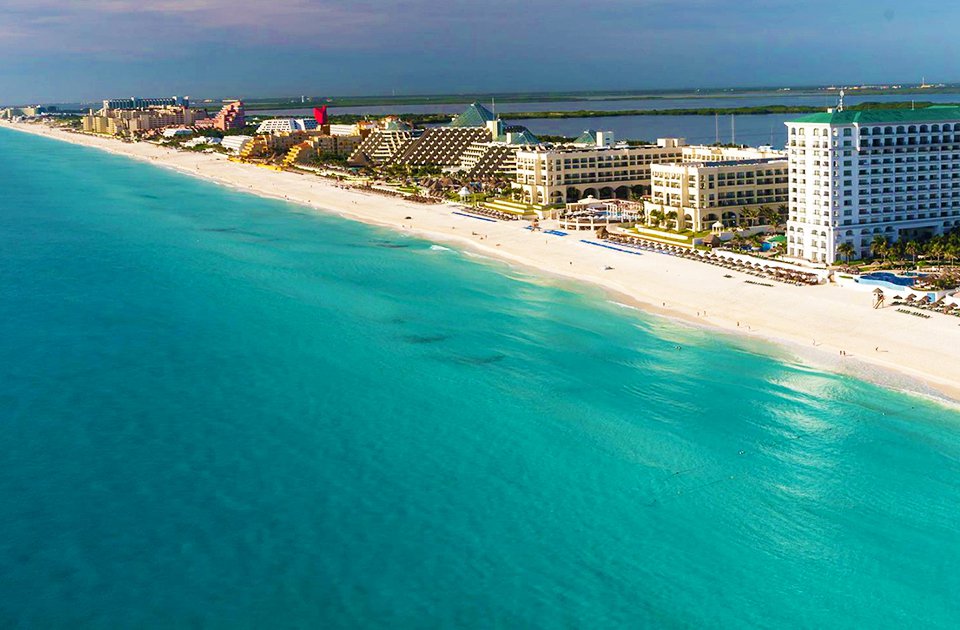Cancun is looking to make itself a greener destination.
“We are highly committed to providing tourists with additional reasons to choose Cancun as their preferred vacation destination year after year,” said Lizzie Cole, CEO of the Cancun CVB. “The destination’s unique biodiversity and local commitment to maintaining the beauty and integrity of these places through sustainable practices will ensure Cancun’s long-term sustained growth in the tourism sector.”
Of course, the island is already full of great eco-tourism options.
One of the most popular among these activities is swimming with whale sharks.
Several tour operators in Cancun operate these excursions for the mid-May to September season, when the waters off the coast of Cancun play host to hundreds of migrating whale sharks.
In addition, the 10th annual Whale Shark Festival will be held July 20-23, 2017 in Isla Mujeres, celebrating the yearly migration and showcasing the achievements, traditions and environment of the island.
Another draw to the destination is Cancun Underwater Museum of Art– the biggest underwater museum in the world, featuring hundreds of statues that double as home for fish and other underwater organisms.
New statues are constantly being designed and submerged every year, adding to a collection of underwater galleries.
One of the most popular activities while in the Cancun area is visiting the “Ruta de los Cenotes,” a trail featuring eight subterranean freshwater pools that connect with each other through underground streams.
Cenotes were considered sacred by the Mayan people and were sometimes used for sacrificial offering.
The natural sinkholes are ideal for diving, snorkeling and swimming.
From May to November, guests can enjoy activities related to the destination’s sea turtle nesting season, when hundreds of turtles make to Cancun to lay thousands of eggs.
Most hotels in the destination offer turtle egg preservation programs that give the species the best chance to survive and make it out to sea.
Prior to nesting season, informational pamphlets are sent to all beach-front hotels, containing instructions to facilitate the nesting process, and tips on what to do when spotting a nesting turtle and the precautions that should be taken.
Security and beach patrols are trained on how to differentiate between turtle species and how to build nest barriers to keep the eggs safe from predators.
Hotels also offer guests the chance to help release the baby turtles back out to sea once hatched.
Another site to visit is Crococun Zoo, a crocodile farm that is part of a sustainable program that protects the conservation of local species.
Crococun is home to a wide variety of spiders, coatis, butterflies, monkeys, parrots, snakes, tegus, wild cats, turtles, deers and the Mexican hairless dog.
